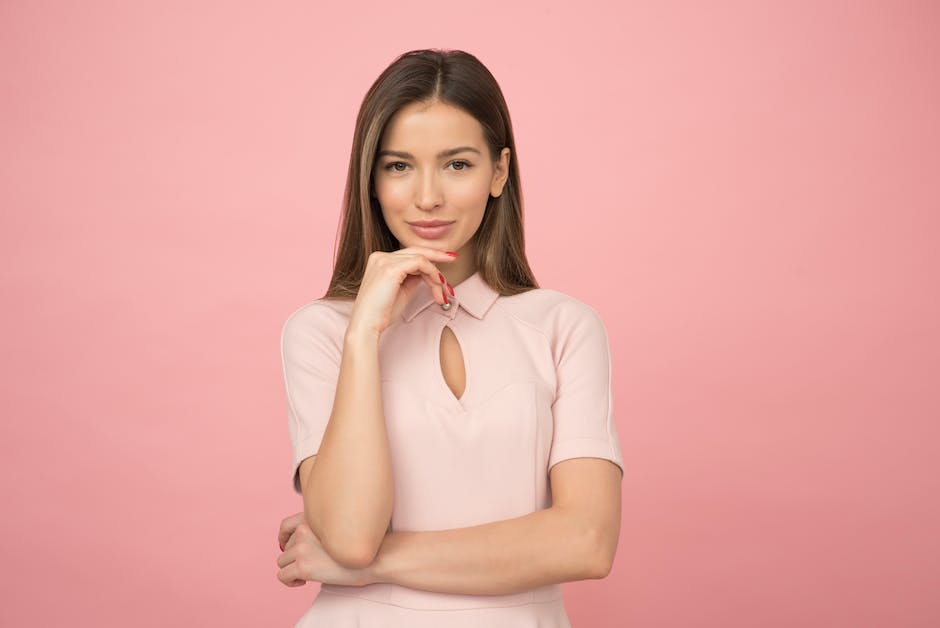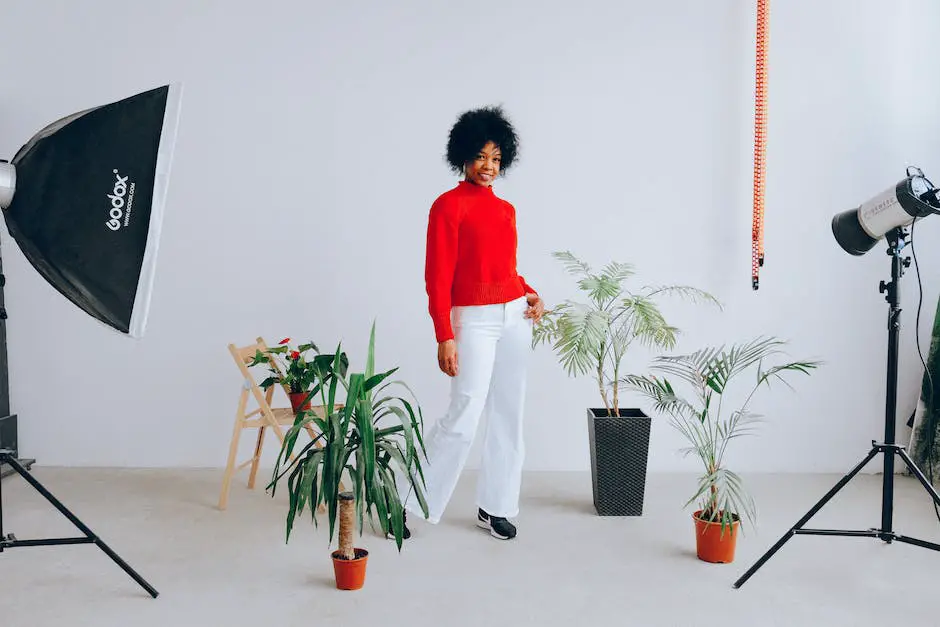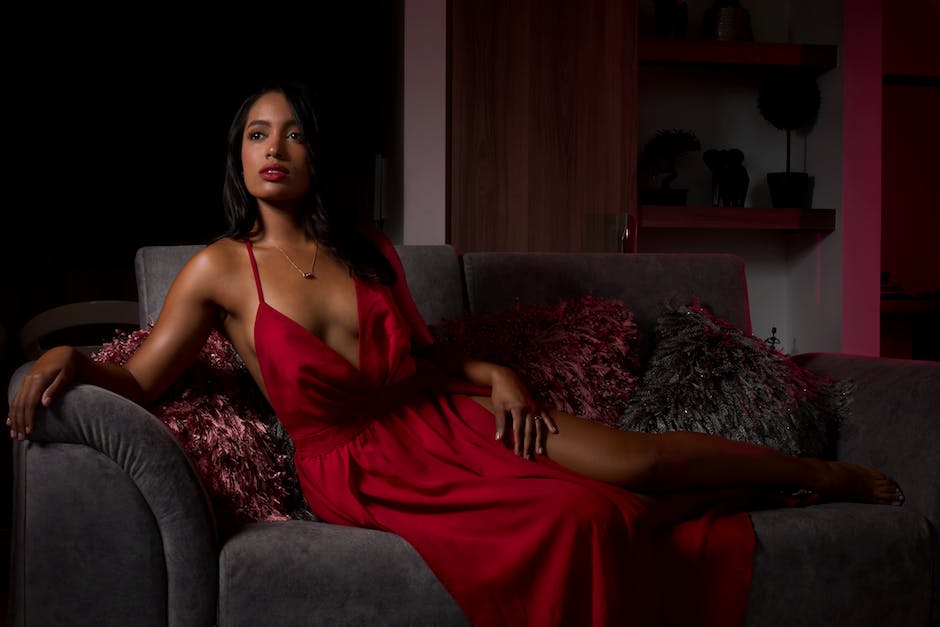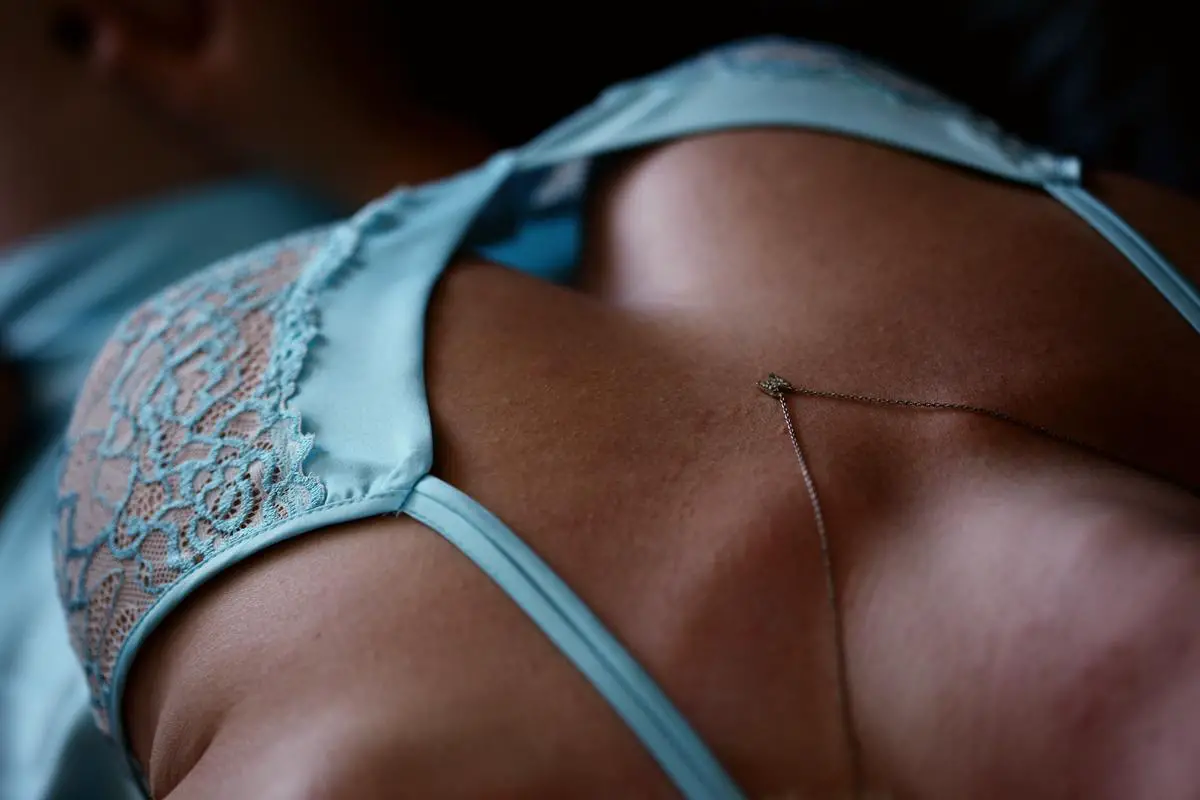Boudoir photography, often cloistered within realms of intimacy, sensuality, and soft femininity, extends far beyond the boundaries of aesthetics and beauty. Often hinged on confidence, trust, and creative courage, it’s a genre of photography that encapsulates a unique dialogue of self-love, body positivity, and women empowerment. This delicate art form demands far more than technical prowess or dynamic lighting—it requires the establishment of connection, empathy, and respect between photographer and subject. From spotting the historical origins of this unique art to mastering the technical skills, embracing various creative approaches, and implementing successful business strategies, this carefully crafted journey will help carve your path in the world of Boudoir Photography.
Understanding Boudoir Photography
Understanding Boudoir Photography
Boudoir photography, with its intricate and intimate nature, is a genre that combines art, fashion, and portraiture. The term “boudoir” is derived from the French word “boudeur,” which translates to a private room or woman’s bedroom. This type of photography has a rich history, emerging as a rebellious form of portraiture in the late 19th and early 20th centuries, during a time when rigid social norms posed restrictions on the display of female sensuality and individuality.
Boudoir photography focuses on capturing the subject, typically a woman, in a state of partial or implied nudity. What makes this form of photography unique, however, is not the physical reveal but the emotional intimacy it offers. It’s about revealing the subject’s personality, confidence, vulnerability, and strength. Therefore, an adept boudoir photographer is a master of capturing not just images, but emotions.
Components of a Well-Executed Boudoir Photo
The ingredients of a well-executed boudoir photo include not only the technical aspects such as lighting, composition, and framing, but also the intentional infusion of emotional depth, trust, and a comfortable working environment.
Creating a well-lit photograph that plays with shadows and highlights can produce an evoking image. Soft, diffused light often works best to create a tender and delicate atmosphere for boudoir photos.
Composition and framing are also vital in boudoir photography, as they determine how the subject’s body, the clothing, and the surrounding environment interact. Clever usage of angles, poses, and props can contribute to the overall tone of the image and help tell the subject’s story.
However, the most crucial aspect of boudoir photography lies in creating an environment of trust and comfort. The subject must feel relaxed and confident in front of the camera, which is significantly influenced by the relationship between the photographer and the model.
Establishing Rapport and Trust
One cannot overemphasize the importance of establishing trust in boudoir photography. The intimate nature of boudoir photography necessitates a strong rapport between the photographer and the subject. This comfort level allows the subject to express their inherent sensuality, vulnerability, and strength more freely, contributing to authentic and captivating photographs.
As a boudoir photographer, fostering this trusting environment begins with communication – explaining the process, understanding the model’s comfort levels, and continually checking for consent. It is also essential to encourage, direct, and reassure the subject during the shoot. The overall objective is to ensure the subject feels safe, validated, and respected throughout the process.
Creating a Comfortable Working Environment
Besides interpersonal dynamics, the physical environment also plays a significant role in boudoir photography. Keeping the room temperature at a cozy level, playing soft and relaxing music, using a diffuser to spread a pleasant fragrance – all these small details contribute to creating a relaxed atmosphere.
Privacy is also a vital factor. The shooting location, be it a studio or a bedroom, must offer the subject solace and relief from outside distractions and unwarranted eyes. A comfortable setting will encourage the subject to step out of their comfort zone and allow the photographer to accurately capture their essence.
Boudoir photography is much more than just clicking good pictures; it’s an intimate exploration of trust, comfort, and mutual respect between the photographer and the model. Each snapshot is not just a simple photograph, but a unique masterpiece, beautifully narrating an exclusive tale of sensuality, strength, and authenticity. The true charm of this art form lies in its capacity to tell an intimate story through every frame, creating an empowering encounter for both the model and the photographer.

Equipment & Setup for Boudoir Photography
Essentials of Boudoir Photography Equipment
As an intimate, romantic, and sometimes provocative genre, boudoir photography necessitates the right equipment to ease the process while enhancing the final output.
Among the most vital pieces of equipment is a dependable camera capable of capturing high-resolution images. A full-frame DSLR or mirrorless camera is generally advised due to their larger sensors and superior image quality. Yet, as technology continues to advance, even a crop-sensor camera can produce stunning results.
Choosing lenses that allow ample light intake is key in boudoir photography. Prime lenses, for example, are highly suitable for this genre. You might want to consider an inexpensive and adaptable 50mm f/1.8 lens that can handle most situations. If your budget allows, an 85mm f/1.4 lens can provide wonderful bokeh and make your subject stand out. For greater flexibility, a 24-70mm f/2.8 zoom lens could be a perfect choice.
Setting the Stage – Location and Props
The setting for boudoir photography is usually an intimate one, more like a bedroom or hotel suite. It should feel cozy, warm, and inviting. You could use a home setting using natural light from windows for a more realistic feel.
There are no hard and fast rules when it comes to props. From luxurious bedding and throws to antique furniture, it’s crucial to have elements that can add depth to the frame. Mirrors can also be used effectively in boudoir photography – not only do they add to the sensual and intimate ambiance, but they can also create interesting visual effects.
Exquisite Lighting for Boudoir Photography
One of the most important aspects of boudoir photography is the lighting. It can add depth to your images, enhance the mood of the session, and create a flattering appearance for the subject.
Although natural light is ideal, there are plenty of lighting equipment options available to manipulate and control the illumination when it is limited. Softboxes can give a beautiful, soft, and even light, while a beauty dish can create more intense and dramatic lighting. Reflectors can be used to bounce light into shadow areas, and snoots can be used to spotlight specific features. Training your eye to see and use light effectively can dramatically improve your boudoir images.
Dim lighting can create an intimate setting and highlight the curves of the body, while bright lighting can create an energetic and playful mood. Backlighting can make the subject’s figure the central focus while creating a silhouette effect.
The Fundamentals of Boudoir Photography
In order to excel at boudoir photography, you must mix together a perfect concoction of the right equipment, an inviting setting, and masterful lighting techniques. This perfect blend will allow you to artfully capture the natural sensuality and inherent intimacy of your subject. Keep your primary objective in mind: making your subject feel beautiful, comfortable, and at ease is priority number one. Remember, the equipment and your setup should serve, not overshadow, this vital goal.

Technical Skills in Boudoir Photography
Embracing the Technicalities: Sharpening your Boudoir Photography Skills
To get started with boudoir photography, it’s essential to understand and control the technical components involved. This style of photography isn’t simply about pointing your camera and clicking the shutter; it demands hands-on expertise over camera settings, an eye for the perfect angles, and an understanding of strategic artistic plans for composition and shooting.
Understanding Your Camera Settings
The first thing to learn is your camera’s settings. The nature of boudoir photography necessitates that your tools, especially your camera, becomes an extension of your artistry. Boudoir photography mostly relies on a soft, intimate, and low-light atmosphere, which affects the camera settings you need to use.
For instance, you’ll want to adjust your ISO setting to accommodate for the dim lighting. A high ISO lets more light into the camera sensor but might result in a grainier photo. Therefore, you’ll want to strike a good balance — adequate light intake without too much noise.
Additionally, learn how to adjust aperture and shutter speed correctly. A large aperture (represented by a smaller f-number) allows more light into the sensor and provides a shallow depth-of-field, which is ideal for creating bokeh or blurring the background. Meanwhile, you’ll want to experiment with slow shutter speeds, typically within the range of 1/60th of a second to 1/200th of a second.
The Power of Angles and Techniques in Boudoir Photography
The angles of your shots can heavily affect the message and feel of your photos. High angles can make a subject seem smaller or submissive, while low angles can make them seem dominant or tall. Direct angles create confrontational or intimate images where the subject is engaging directly with the viewer.
Experimentation is key to finding the preferred angles for different subjects and settings. For example, use a high angle to emphasize the curves of the body or a low angle to accentuate the power and dominance of the subject.
Boudoir photography also utilizes various techniques like using reflection through mirrors, framing through doorways or windows, or incorporating shadows and silhouettes to add mystery and allure. It’s crucial to master and utilize these techniques creatively to capture stylish, flattering, and sensual photos.
Using Natural and Artificial Lighting Effectively
Lighting is an integral part of boudoir photography. Using it effectively can define your photography style and drastically affect the emotions, tone, and atmosphere of your pictures.
Natural lighting is a popular choice for boudoir photography, as it provides soft, flattering light. Shooting around the “golden hours” — just after sunrise and before sunset — can result in beautifully lit, ethereal shots.
On the other hand, artificial lighting provides more control and flexibility. Depending on your artistic vision, you can manipulate the light’s direction, intensity, color, and spread. Learning to use a combination of lights, such as key lights, fill lights, and backlights, can help you sculpt your subject and the environment.
While natural light gives a more raw and natural feel, artificial light can aid in creating a specific mood or style. It’s not about one being better than the other, but rather about developing the skills to use both depending on your artistic vision and the circumstances.
Post-Processing in Boudoir Photography
Post-processing is an important step in boudoir photography. It’s the stage where you can correct imperfections, enhance the best features, or even bring out an entirely new mood or concept in your photos.
Basic post-processing skills include color correction, white balance adjustment, noise reduction, and cropping. Advanced techniques may include skin retouching, dodging and burning, contrast and sharpness enhancement, and black and white conversion.
It’s essential to remember that overdoing post-processing can result in an unnatural and overly-edit look. Boudoir is about celebrating natural beauty and empowerment, so strive for realism and elegance in your edits.
Mastering the technical aspects of boudoir photography can be a journey that requires time, practice, and patience. But as you honed your skills and craft your own unique style, these tools will increasingly aid you in effectively and beautifully bringing your vision to life within this genre of photography.

Creative Approaches and Styles
Getting to Grips with Boudoir Photography
Boudoir photography is a distinct genre, enabling subjects to reveal their intimate and romantic aspects in an elegant and tasteful manner. This style entails a high level of skill and demands a subtly nuanced approach to create the ideal shots. A comprehensive understanding of this genre’s diverse creative approaches and styles is instrumental for photographers keen on mastering this sophisticated art form.
The Artistic Approach
In the artistic approach, photos are framed and composed to create a visually engaging image. The subject’s body forms part of the overall composition and may even be abstracted to some degree. This type of boudoir photography often utilizes unconventional props and settings, experimental lighting techniques, and unique camera angles to create eye-catching and unforgettable photos.
The Glamour Approach
The glamour approach to boudoir photography incorporates elements of classic Hollywood imagery and high-fashion photography. These images portray the subject as glamorous, sophisticated, and luxurious. To achieve this style, photographers use high-end props, luxurious settings, dramatic lighting, and advanced makeup techniques. The focus lies equally on the subject’s clothing, accessories, and overall appearance as well as their body and personality.
The Romantic Approach
This approach emphasizes tenderness, intimacy, sensuality, and the emotional connection between the subject and the viewer. Using soft lighting, warm tones, and natural settings, the photographs initiate an emotional response in the viewer. The photographer needs to make the subject comfortable and create an atmosphere that facilitates the expression of their romantic and emotional side.
The Classic Approach
Classic boudoir photography takes inspiration from vintage Pin-up imagery. These pictures depict the subject in playful, flirtatious, yet tastefully seductive poses. High contrast lighting, vibrant colors, retro props, and vintage settings characterize this style. The classic approach requires the photographer to focus on the subject’s expressions and body language while also highlighting their physical features.
The Modern Approach
The modern approach to boudoir photography combines elements of all the other styles. It’s a versatile style that emphasizes the empowerment and freedom of the subject. These photos exhibit authenticity and realism, capturing the subjects as they are, in their unique individuality.
Navigating the World of Boudoir Photography
The journey towards mastering boudoir photography commences with grasping various creative strategies and styles. The recipe for success in this art isn’t limited to this however; practicing and experimenting is equally crucial. Budding boudoir photographers need to learn how to address diverse lighting scenarios, maximize the use of assorted props and locations, and master the art of effective communication with their subjects for their utmost comfort. In boudoir photography, safeguarding the subject’s comfort and privacy stands paramount. Eventually, with perseverance, constant practice and an eye for detail, one can truly master the sublime art of boudoir photography.

Business Aspects of Boudoir Photography
Evolving into a Professional Boudoir Photographer
The progression from a casual enthusiast to a professional boudoir photographer is indeed an exciting phase in your artistic voyage. However, perfecting the art isn’t solely about creativity. The essence of a successful boudoir photographer encompasses an intricate fabric of business savvy, relationship development, and effective marketing techniques that serve as the pillars supporting and enhancing this aesthetic discipline.
Creating Your Boudoir Portfolio
As the eminent old saying states, a picture is worth a thousand words. This is especially true when marketing your boudoir photography services. Your portfolio acts as the first impression potential clients will have of your work, so it is crucial that it reflects the best and most comprehensive depiction of your skill.
The role of a portfolio is multifaceted. Aside from showcasing your expertise, it should also reflect the style, and possibly the direction, you envision for your photography business. A diversified range of photos can appeal to a broader audience and allow flexibility in the clientele you attract. However, make sure to strike a balance so as not to confuse potential clients about what you can deliver.
Price Your Services Fairly and Profitably
The art of pricing is often tricky. On one hand, you want to be competitive and fair, while on the other, you need to turn a profit to sustain your business. It’s essential to do market research to understand the pricing landscape in your local area and then situate your rates accordingly. Take into account your costs, time, skill level, and the unique value you bring.
Fostering Client Relationships
The nature of boudoir photography creates an intimate atmosphere. This amplifies the importance of developing strong, trust-based relationships with your clients. Your photographic skills may attract clients; but it’s your interpersonal skills, such as empathy, professionalism, and discretion, that will keep them coming back or recommending you to others.
Marketing Your Boudoir Business
A good marketing plan is the key to launching and sustaining your business. Social media, search engine optimization, and paid advertising are three pillars of online marketing that can help extend your reach. Collaborating with other local businesses or getting featured on photography blogs could offer opportunities for cross-promotion. Always aim your marketing efforts at your target audience to get the best return on investment.
Ethical Considerations in Boudoir Photography
Finally, the sensitive nature of boudoir photography mandates a thorough examination of ethical considerations. Explicit consent, privacy and confidentiality represent vital factors to uphold. It’s recommended to have a contract in place that details the terms and conditions of the shoot, use of photographs, and privacy measures, thus ensuring explicit understanding and consent from both parties. By maintaining high ethical standards, you build trust with your clients and enhance your professional reputation.

Photo by sharonmccutcheon on Unsplash
Dipping the toes into the alluring waters of Boudoir photography is a journey that opens horizons for dialogues around body positivity, empowerment, and sublime intimacy. The journey of understanding the profound language of Boudoir Photography brings its own rich rewards in the form of technical mastery, refined creativity, and a well-established professional edge. This unique dive into the world of Boudoir not only will arm you with tangible skills and knowledge but also fosters a deeper appreciation for the art. The exploration, however, doesn’t end here, as each image you capture, every subject you interact with adds a new chapter to your endless discovery of this intimate and empowering form of photography.
Originally posted 2023-10-22 22:05:09.



